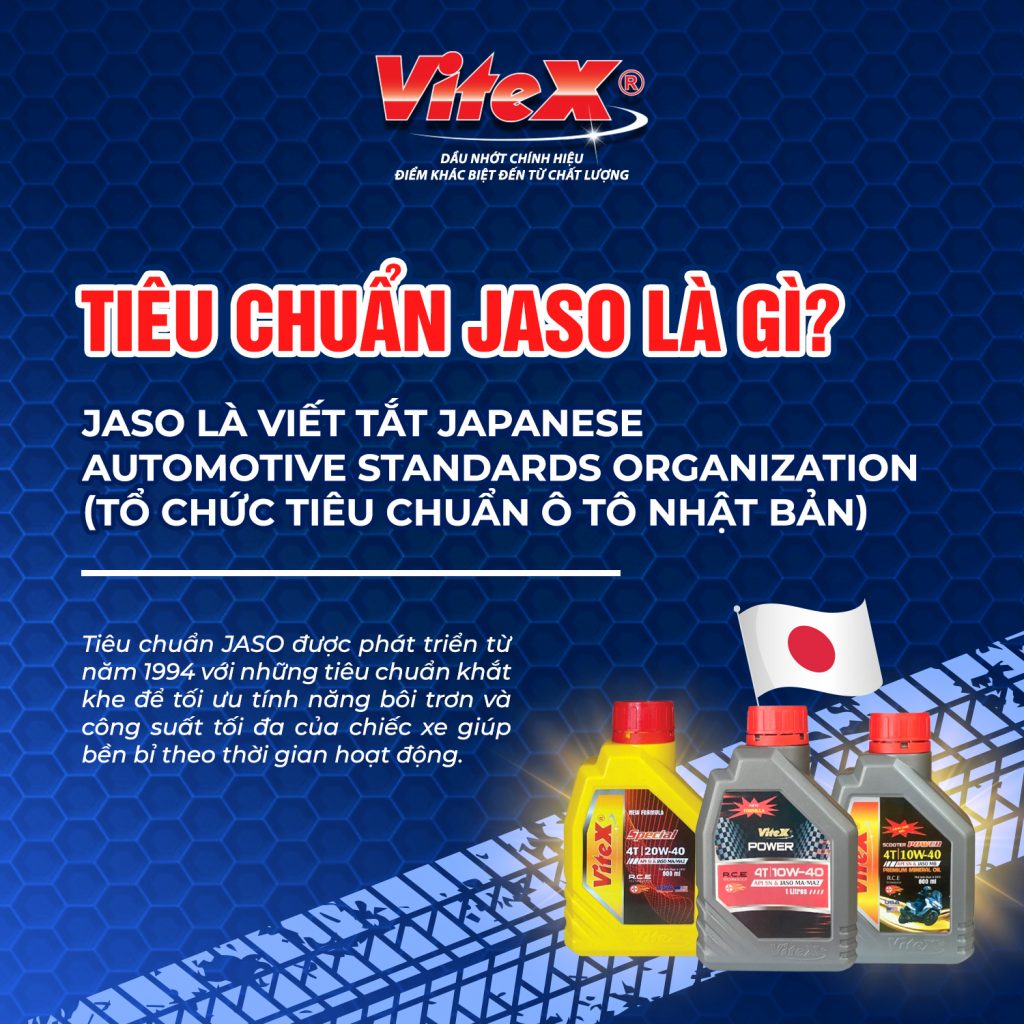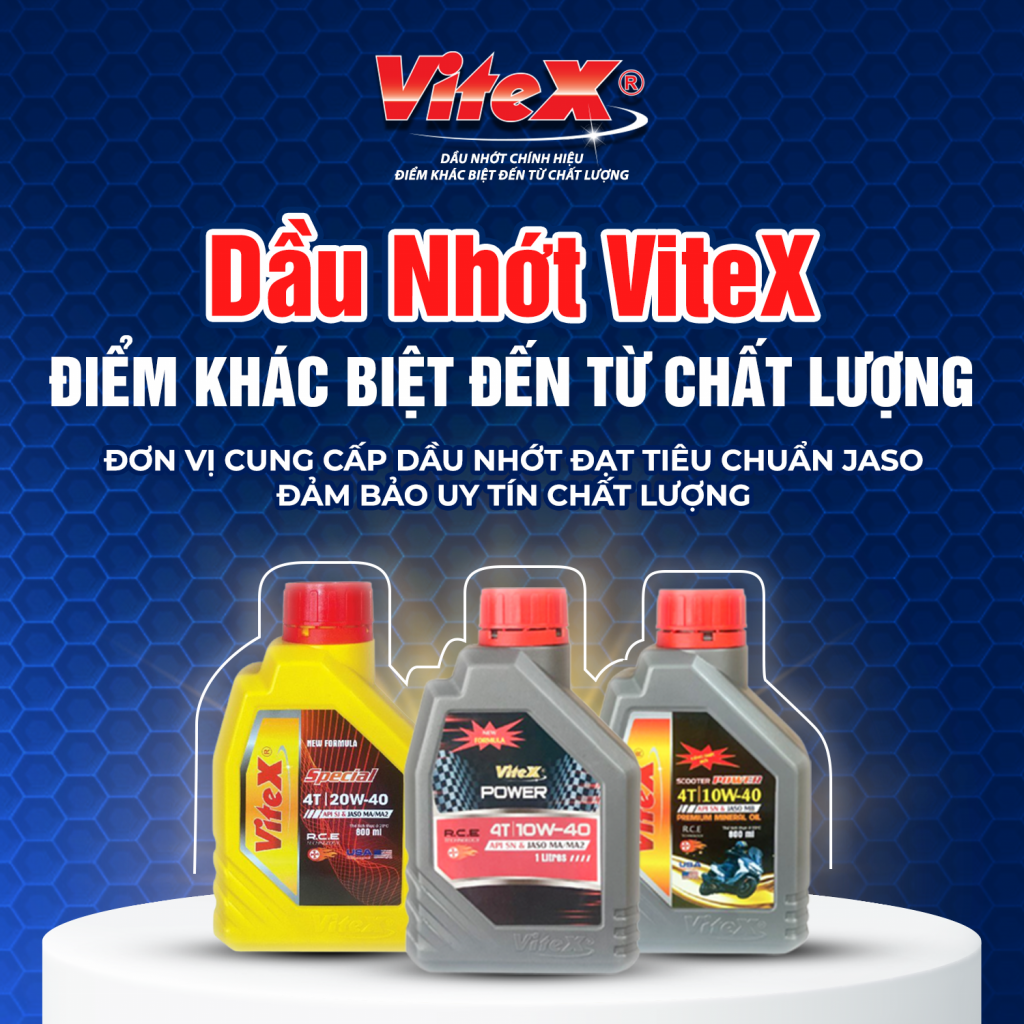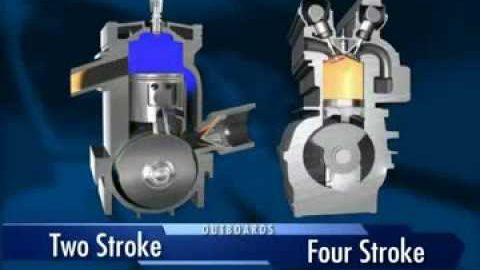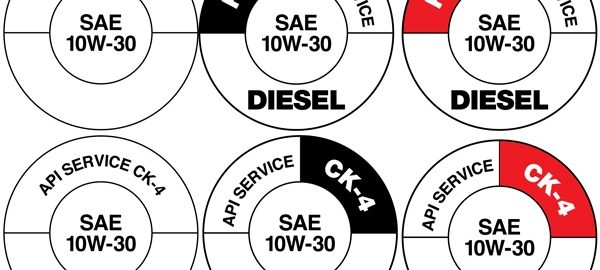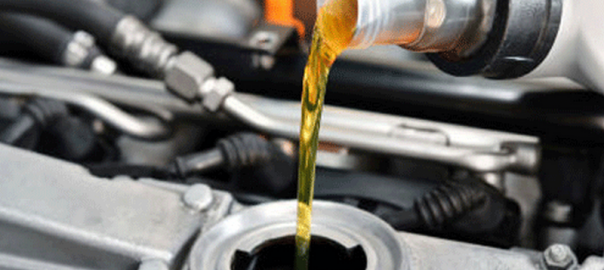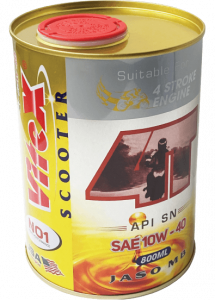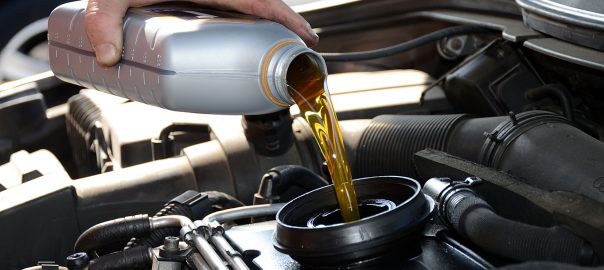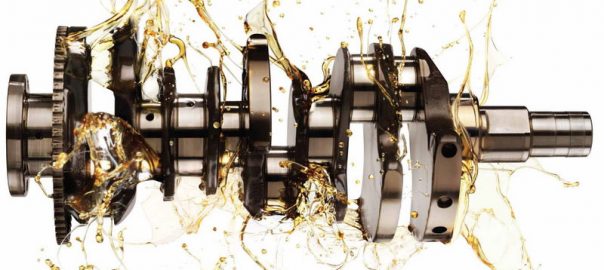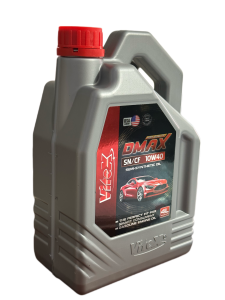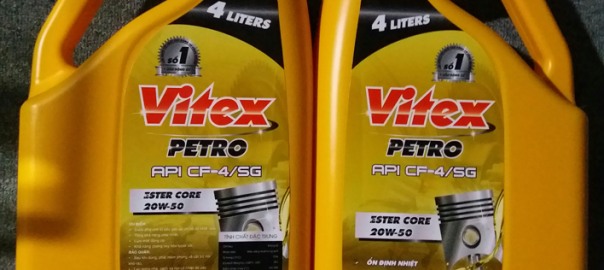When should you change car oil? And what type of car oil to choose, what is the price and effectiveness? Let’s learn more with VITEX through the article below.
In addition to car parts, lubricants are one of the important factors. In the current Vietnamese lubricant market for cars, there are many types sold with many different brands and lubricant standards. Depending on usage status, longevity and engine type, buyers need to have basic knowledge to choose the appropriate type of car lubricant. Here are some issues to keep in mind when changing the oil for your “box truck”:
1. Lubricant index
Automobile oil indexes are one of the important information about lubricant standards that buyers need to pay attention to. These indices can be found on the product label, including the viscosity index according to the Society of Automotive Engineers (SAE) and the performance index according to the Petroleum Institute. American Petroleum Institute (API – American Petroleum Institute).
The SAE index is often denoted as SAE 0W-40 or SAE 20W-50… In which ‘W’ stands for multi-grade oil, with satisfactory viscosity at many different temperature conditions, used in all applications. seasons of the year, unlike single-grade oils that only respond to a certain temperature. The number before ‘W’ indicates the temperature at which the oil helps the engine start well (calculated from negative temperatures by subtracting that number from 30) and the number after ‘W’ indicates the viscosity of the oil at 100 degrees Celsius (the higher the value, the greater the viscosity), usually from 30 to 50. Depending on the conditions and route the vehicle is traveling, choose an oil with appropriate parameters. For example, if a car travels a lot on the road, it should choose a large oil viscosity parameter, but if it travels a lot in the inner city, an oil with a small oil parameter will be more suitable. Single-grade oils will be denoted as SAE 30, SAE 40… suitable for use in agricultural and industrial machines.
The API index is often denoted starting with the letter ‘S’ or ‘C’, in which ‘S’ is the oil used for gasoline engines and ‘C’ is for diesel engines, for example SA, SB , SC, CA, CB, CC… The newest levels currently according to API are SN and CI. The letters after ‘S’ or ‘C’ are used to distinguish levels and are ranked alphabetically, in which the larger the alphabet, the better. To know which type of oil is suitable for the characteristics of the car engine you are using, it is best to listen to recommendations from experts, ask the company’s technicians for advice as well as choose reputable lubricant brands. Or find out more information from car parts trading sites…
2. Conventional lubricants and synthetic lubricants
Although current automotive lubricants all meet API and SAE standards, conventional oils will have fewer additives so the price is much cheaper than synthetic oils, suitable for those who need them. Frequent oil changes and low mileage.
On the contrary, although the price of synthetic lubricants and oils is three times more expensive than conventional car oils, this type of oil brings many benefits to the engine because it helps lubricate machine parts with small openings. This helps extend the usage time many times compared to conventional oils and ensures the best dynamic protection for the engine. Instead of saving money to buy synthetic lubricants, think about the amount of money you have to spend on repairs, which will be many times higher once the engine breaks down because of using the wrong type of lubricant.
3. Change car oil periodically
Automobile lubricants during use will degrade due to the impact of heat, impurities and oil additives will be consumed, gradually losing the ability to lubricate and protect the engine. Therefore, it is necessary to change the oil after a certain period of use recommended by the vehicle manufacturer or according to the number of kilometers the vehicle has run. Most often change car oil every 3 months or 5,000 – 10,000 km or combined with general car maintenance. However, current car lubricant standards have been greatly improved in quality, so they can help cars travel nearly 12,000 km after each new change unless the engine operates in harsh conditions.
Choosing the right type of lubricant will help protect the engine more effectively, enhancing corrosion resistance for metal and alloy surfaces. In addition, lubricants also have the effect of cooling and cleaning the internal parts of the engine, retaining harmful residues on the machine, contributing to improving the longevity and operating efficiency of the car.
Hopefully the above information will help you gain basic knowledge to choose the most suitable lubricant for your car. In addition, you can also find more information about lubricant standards of different brands on forums or recommendations from manufacturers, garages or maintenance companies…
